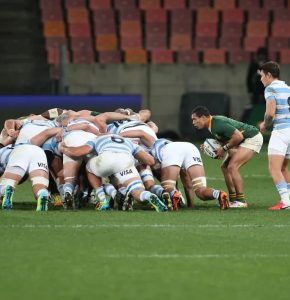In the two centuries since William Webb Ellis “displayed a fine disregard for the rules of football”, the game that came to be known as rugby and the positions of those who play it have evolved almost beyond recognition.
Back when Webb Ellis attended Rugby School in the early 19th century, ‘bigside’ matches such as those immortalised in Thomas Hughes’ Tom Brown’s School Days could feature 60 or more players on each team and take days to complete.
The objective of these matches was simple: to score more goals than the opposition.
Goals were scored by kicking the ball through your opponents’ posts, and above the crossbar, either from a drop-kick or a place-kick. The latter being earned when the ball was touched down over the opposition goal line, to earn a ‘try at goal’.
Participants were split into one of four positions, players-up (or forwards), who would take part in the many scrums, half-backs, who waited to pounce on the ball as it came loose, and three-quarters and full-backs, who defended their team’s goal line.
From the mid-1800s, as the game was transported from the Close, Rugby’s large playing field, to other schools and universities, and clubs were formed for those keen to play on into adulthood, more organised matches were played by teams of between 12- and 20-a-side.
The very first international matches between England, Scotland and Ireland were contested by teams of 20 players. These line-ups consisted of 15 forwards, two half-backs, one three-quarter and two full-backs.

Source: www.world.rugby


